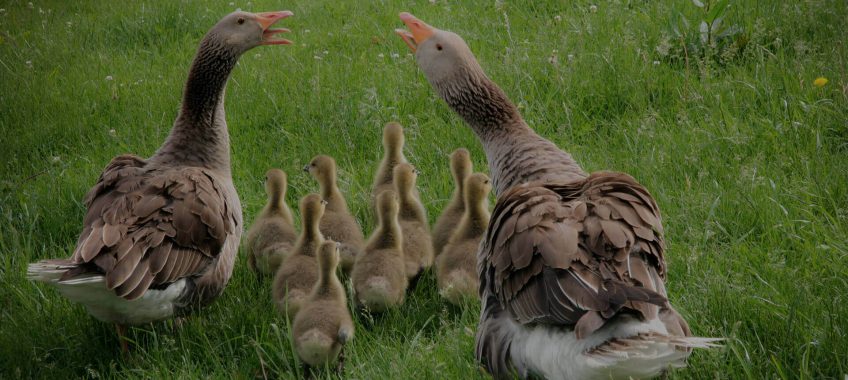The feeding of ostriches is the most important factor that will influence the growth of some birds
healthy and productive.
Very often serious errors are made in the nutrition of ostriches,
which will reduce the fertility of birds and thus decrease productivity.
Despite its size, the ostrich is one of the most economical species in terms of
food. It has nothing to do with raising other productive animals or birds, whose
diet often becomes unprofitable. However, the correct mixture (composition) of
Ostrich feeding is a very delicate issue. The psychology of this bird along with
its anatomical features require a special mixture, well proportioned ingredients.
Proper feeding guarantees a substantial income as a result of obtaining healthy birds,
vigorous and productive.
It should also be remembered that the diet of ostriches in the Mediterranean area differs from that of
birds raised in the tropics. Ostriches are herbivorous animals, feeding mainly on alfalfa and
certain types of grains. There are special recipes for preparing the food mixture in
depending on the life stage of the bird (for example, the protein content will vary between
16-22%) rations for day-old chicks very rich in protein are not recommended because
may cause certain digestive disorders.
Rations for breeding ostriches must contain a calcium supplement. Another problem of
Ostrich nutrition is related to their habit of eating anything that is bright, especially
chickens. That is why it is desirable that they be kept in a clean space, preferably a yard with a lot of
grass, but without other objects or debris in it.
Here are some other factors that determine the choice of an enclosed space: ease of cleaning; solution
health problems; relatively low cost. Ostriches ingest small pebbles so they can adjust
digestion being recommended that such pebbles be spread in the space in which they
stay. The presence of a source of clean water is absolutely necessary.

